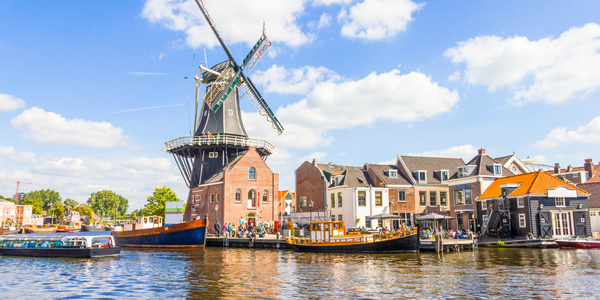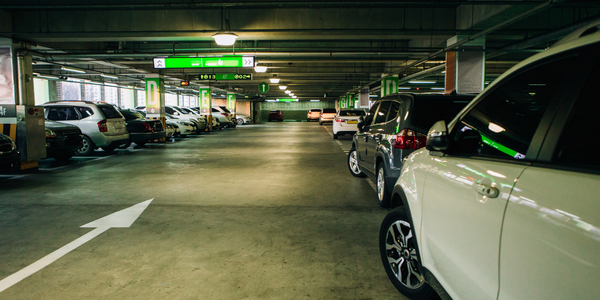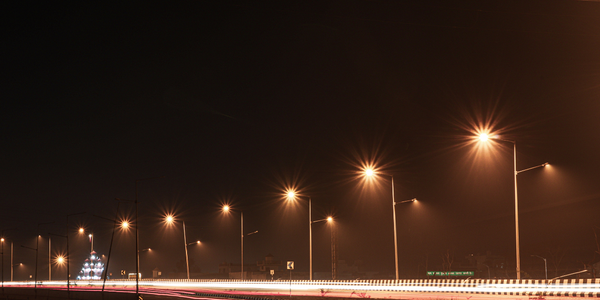Customer Company Size
Large Corporate
Region
- America
Country
- United States
Product
- MarkLogic's Enterprise NoSQL database
Tech Stack
- NoSQL
Implementation Scale
- Enterprise-wide Deployment
Impact Metrics
- Cost Savings
- Customer Satisfaction
Technology Category
- Application Infrastructure & Middleware - Database Management & Storage
Applicable Industries
- Cities & Municipalities
Applicable Functions
- Business Operation
Services
- System Integration
About The Customer
Fairfax County, located in Virginia, is one of the largest counties in the nation, with over 1 million residents and a budget larger than four states. As the most populous jurisdiction in both Virginia and the Washington metropolitan area, the county's population exceeds that of seven states. The median household income of Fairfax County is one of the highest in the nation and over half of its adult residents have four-year college degrees or more educational attainment. Fairfax is a diverse and thriving urban county, and it is home to the headquarters of agencies like the Central Intelligence Agency, National Geospatial-Intelligence Agency, National Reconnaissance Office, National Counterterrorism Center, and Office of the Director of National Intelligence.
The Challenge
Fairfax County, one of the largest counties in the nation, was facing a challenge in responding to the high-volume of requests from their constituents regarding property history information. The data was stored in disparate databases and file systems and in different formats, making it difficult to effectively search. The county needed a solution that would integrate this data, maintain its integrity, and make it easy to access. They also needed a solution that would fit with their existing IT infrastructure, and have a low and predictable total cost of ownership.
The Solution
Fairfax County developed a repository for land use data that makes it easier for county employees, land developers and residents to access real-time information about zoning changes, county land ordinances and property history. The land data repository, based on the MarkLogic Enterprise NoSQL (not only SQL) database, boosts the productivity of county employees who no longer have to search through multiple databases to find pertinent information. It also gives residents an online source to access information on their computers or smart phones. As the only Enterprise NoSQL database, MarkLogic provides integrity to all information stored in the repository. With its embedded search engine and application server, MarkLogic provided Fairfax County with quick deployment of the new applications it needed.
Operational Impact
Quantitative Benefit

Case Study missing?
Start adding your own!
Register with your work email and create a new case study profile for your business.
Related Case Studies.

Case Study
Turning A Stadium Into A Smart Building
Honeywell created what it called the “intelligent system” for the National Stadium in Beijing, China, turning the venue for the opening and closing events at the 2008 Summer Olympics into a “smart building.” Designed by highly controversial artist Ai Weiwei, the “Bird’s Nest” remains one of the most impressive feats of stadium architecture in the world. The 250,000 square meter structure housed more than 100,000 athletes and spectators at a time. To accommodate such capacity, China turned to Honeywell’s EBI Integrated Building Management System to create an integrated “intelligent system” for improved building security, safety and energy efficiency.
.png)
Case Study
Smart Street Light Network (Copenhagen)
Key stakeholders are taking a comprehensive approach to rethinking smart city innovation. City leaders have collaborated through partnerships involving government, research institutions and solution providers. The Copenhagen Solutions Lab is one of the leading organizations at the forefront of this movement. By bringing together manufacturers with municipal buyers, the Copenhagen Solutions Lab has catalyzed the development and deployment of next-generation smart city innovations. Copenhagen is leveraging this unique approach to accelerate the implementation of smart city solutions. One of the primary focus areas is LED street lighting.

Case Study
Buoy Status Monitoring with LoRa
The Netherlands are well-known for their inland waterways, canals, sluices and of course port activities. The Dutch Ministry of Infrastructure indicates that there are thousands of buoys and fixed items in and near water environments that would profit from IoT monitoring. One of the problems with buoys for example, is that they get hit by ships and the anchor cable breaks. Without connectivity, it takes quite some time to find out that something has happened with that buoy. Not to mention the costs of renting a boat to go to the buoy to fix it. Another important issue, is that there is no real-time monitoring of the buoys at this moment. Only by physically visiting the object on the water, one gains insight in its status.

Case Study
Barcelona Case Study
Barcelona’s heavy traffic and its associated high levels of pollution were the primary factors that motivated some companies and universities to work on strategies for improving traffic in the city centre. Bitcarrier is one of the technologies involved in the In4Mo Project, whose main objective is to develop the applications that form the core of smart mobility, one of the fundamental pillars of the smart city concept.

Case Study
China Mobile Smart Parking
Smart Parking, powered by NB-IoT technology, is making it easier for drivers to find free parking spots. Cities can better manage their parking assets and maximize the revenue available to them as a result. Drivers searching for parking create congestion and pollution by circling and hunting for available parking. Smart Parking services are able to significantly ease these problems by guiding a driver directly to a parking space.








